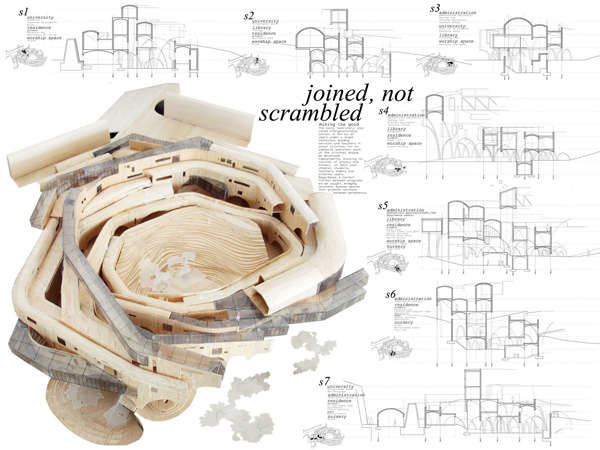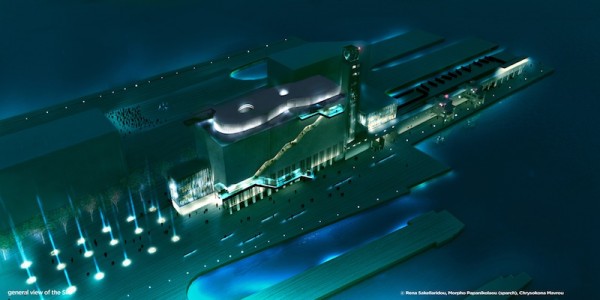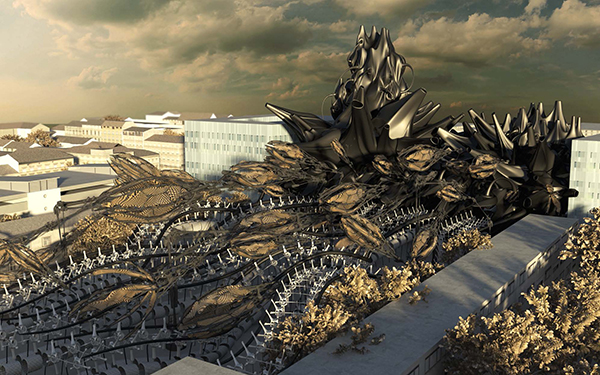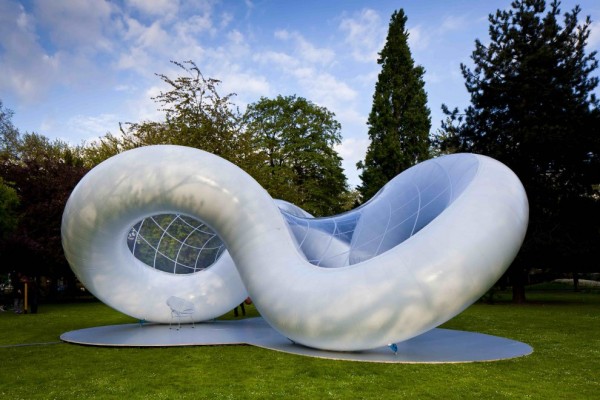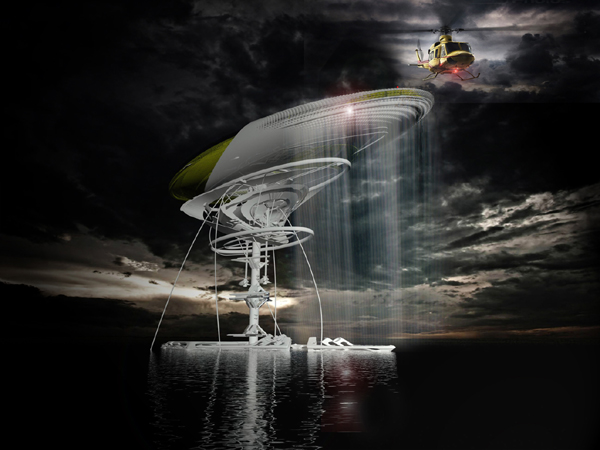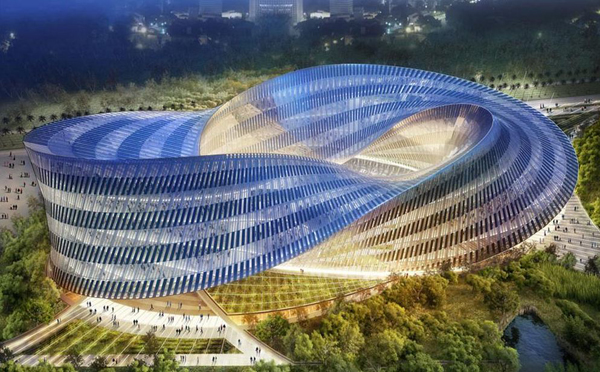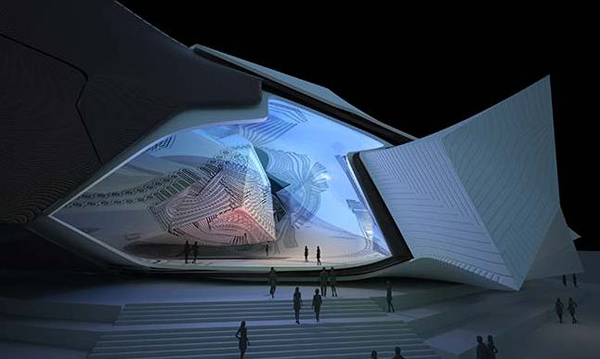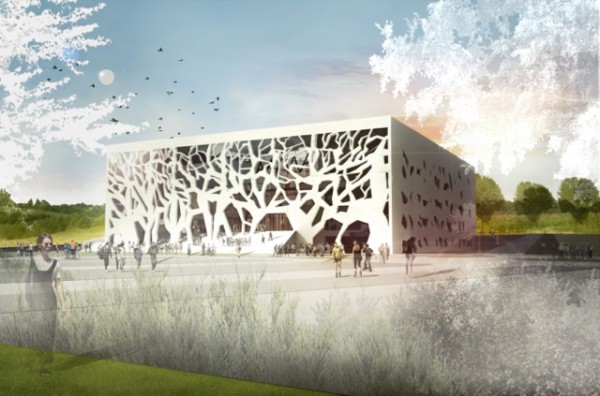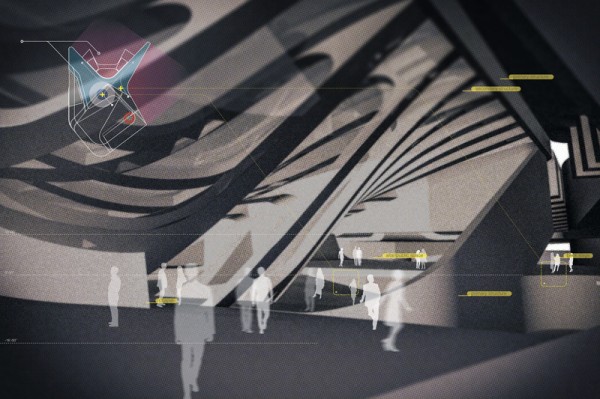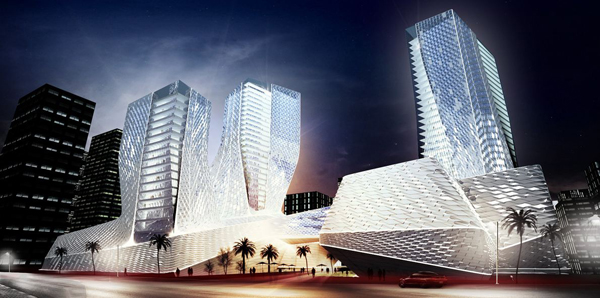IS ARCH competition for architecture students and young architects has recently announced its winners. In this second edition, 153 projects were submitted. The jury was composed of Sou Fujimoto, Benedetta Tagliabue Miralles-tagliabue EMBT, Tomislav Dushanov (Associate Herzog & De Meuron), Taba Rasti (Partner in Foster + Partners ), Rik Nys (Senior in David Chipperfield Architects), Carlos Ferrater. First prize went to Adria Escolano Ferrer, young Catalan architect currently based in Paris, for his project – Peripheral Lab.
The place of action of this unique design lies in periphery of Figueres, Spain. In order to understand the context, the measurements were taken by sorting out the traces of previous activities and their leftovers. The strategy for the design consisted of superposing the already localized activities, therefore the topographic map was easily created – the highest point is where the place of highest activity is and the project further develops there. The slopes are the outcome of the same exercise, developed in five levels – conscience, action, manipulation, construction and architecture. Read the rest of this entry »

